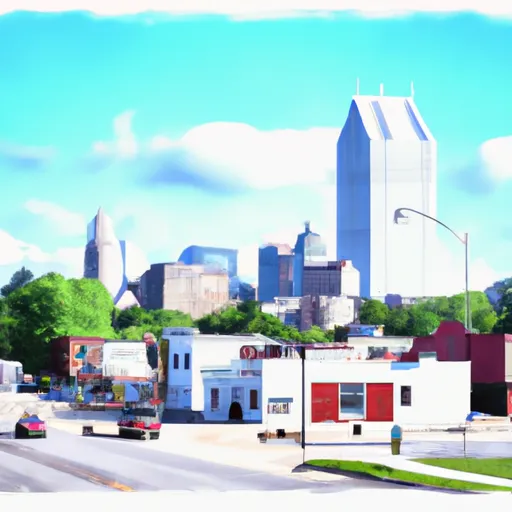°F
°F
mph
Windspeed
%
Humidity











Tripoli is a small town located in Oneida County, Wisconsin, known for its pristine natural beauty and diverse outdoor recreation opportunities. The climate in Tripoli is classified as humid continental, characterized by warm summers and cold winters. Average temperatures range from 20°F (-6°C) in winter to 75°F (24°C) in summer, making it an ideal destination for outdoor enthusiasts throughout the year.
Tripoli boasts an abundance of lakes, rivers, and wetlands, making it a haven for hydrology enthusiasts. The town is home to several lakes, including Rock Lake and Lost Lake, offering opportunities for boating, fishing, and water sports. The nearby Tomahawk River provides excellent opportunities for kayaking, canoeing, and even whitewater rafting.
Outdoor recreation in Tripoli goes beyond water activities. The town is surrounded by vast forests, including the Northern Highland-American Legion State Forest. This forest offers an extensive trail system for hiking, mountain biking, and wildlife viewing. During winter, visitors can enjoy snowmobiling, cross-country skiing, and snowshoeing on the well-maintained trails.
With its pleasant climate, hydrological abundance, and varied outdoor recreational offerings, Tripoli is a fantastic destination for nature lovers and outdoor enthusiasts looking to explore Wisconsin's natural wonders.
Weather Forecast
Tripoli receives approximately 784mm of rain per year, with humidity levels near 84% and air temperatures averaging around 5°C. Tripoli has a plant hardyness factor of 4, meaning plants and agriculture in this region thrive during a short period during spring and early summer. Most plants will die off during the colder winter months.
Regional Streamflow Levels
5
Cubic Feet Per Second
67
Cubic Feet Per Second
586
Cubic Feet Per Second
61
Cubic Feet Per Second
Nearby Camping
| Camping Area | Reservations | Toilets | Showers |
|---|---|---|---|
| Simpson County Lake | |||
| St. Bernard State Park | |||
| Atwood Water Park | |||
| Walkiah Bluff Water Park | |||
| Fairview Riverside State Park | |||
| Lake Mary Crawford |



